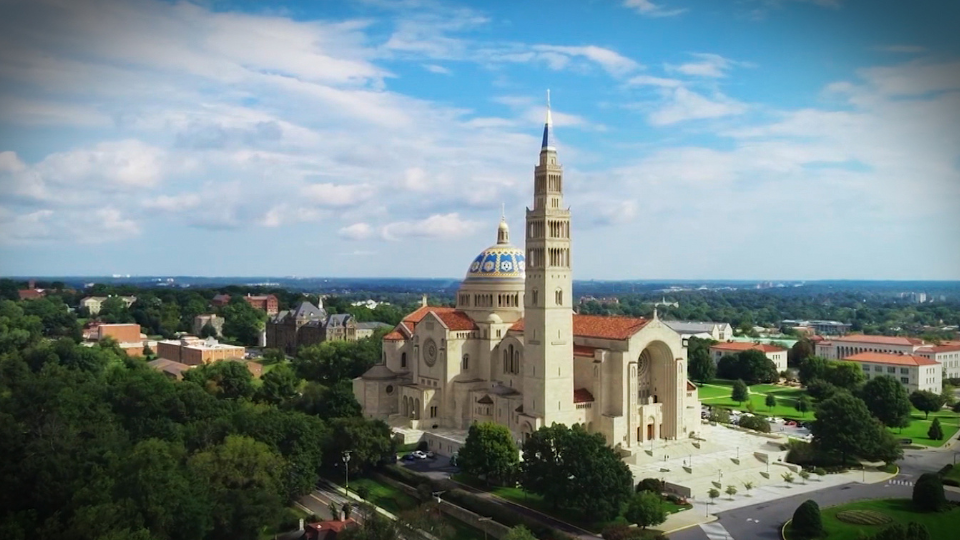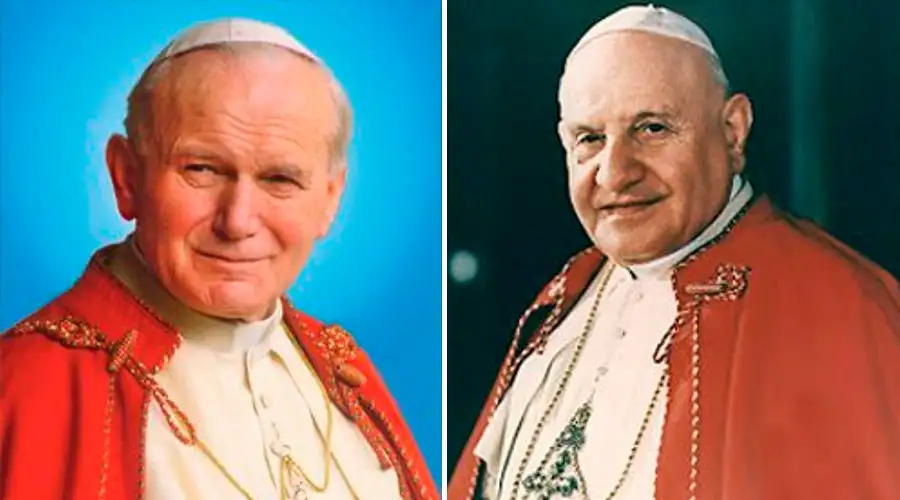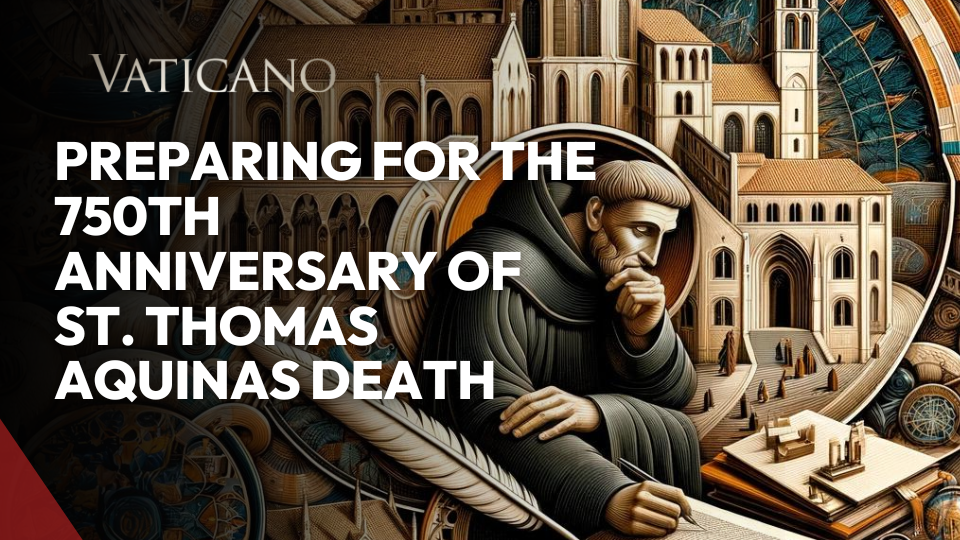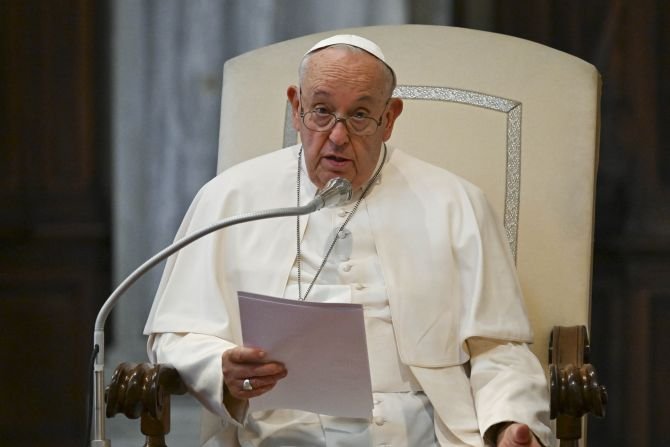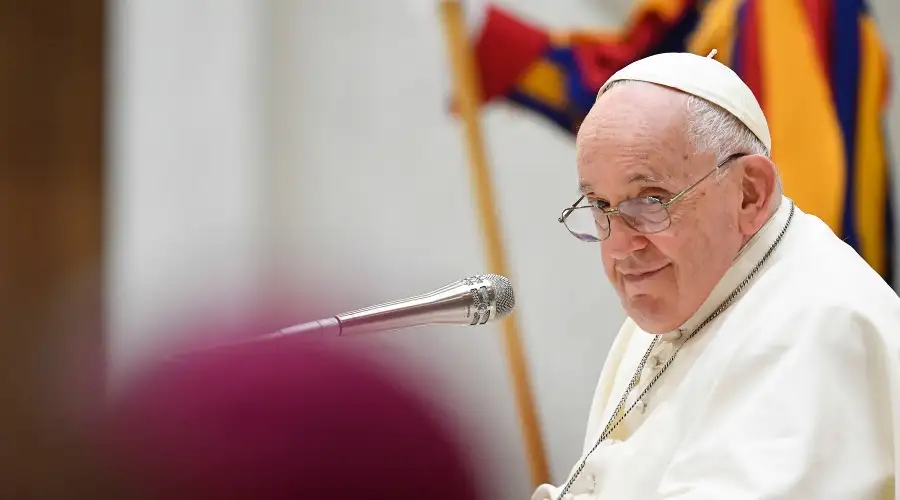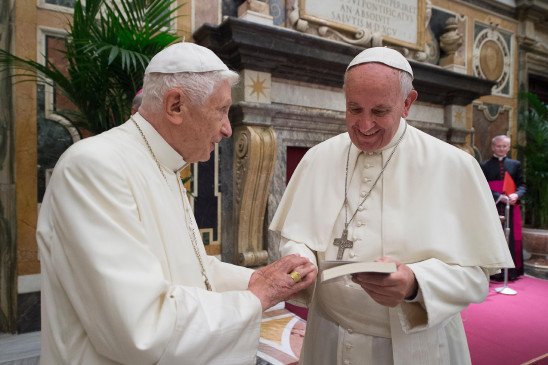Sacred music is an integral part of the life and mission of the Basilica of the National Shrine of the Immaculate Conception – the largest Catholic Church in North America.
Comprised of sixteen professional singers, the choir of the basilica is dedicated to providing excellence in sacred choral music in the context of liturgy throughout the liturgical year.
Dr. Peter Latona has been directing the choir of the Basilica, the pre-eminent Marian Shrine of the Catholic Church in America, for 23 years. He noted:
“Music in general is really the highest form of art. It has the ability to really unite hearts and minds. People come together to pray, to praise, to learn, to be inspired, to experience the divine. And music is instrumental in doing that.”
For the 2025 Jubilee, the choir embarked on a special pilgrimage to Rome.
Through concerts in some of Rome’s basilicas like St. Mary Major and St. Peter in Chains, they hoped to share the richness of the Church’s sacred music tradition with faithful and pilgrims.
“We’re really dedicated to doing is providing beautiful music in the context of the liturgy at the National Shrine. But of course, we like to sort of share that art, that music, that form of evangelization, basically by doing concerts and what better place to do it than in Rome during a jubilee year,” Dr. Latona added.
Their repertoire primarily features Renaissance music from the 16th and 17th centuries, along with contemporary American pieces from the 20th century.
One chorister at the Basilica of the National Shrine of the Immaculate Conception, Charlotte Stewart, shared, “I hope that it really brings them closer to God. Music has such a transcendent ability to transcend time and place and just really move people in such a way that sometimes words alone don’t and it really, it speaks in a different way, and I think that it’s a wonderful way to experience the Church and God and your faith.”
Music and beauty can be a powerful tool of evangelization.
Pope St. John Paul II emphasized this in his 1999 Letter to Artists, where he wrote of the transformative and redemptive nature of beauty, including that of music, in the world.
Stewart noted, “There’s something about the sense of sound, and the vibrations, the actual sound waves vibrating in your body, it almost penetrates your soul in such a way that sometimes other art forms don’t.”
For many listeners, and even choir members, music can play a pivotal role in conversion and in coming to know the Church.
Sara MacKimmie, another chorister, who first visited Rome with the choir in 2016 during the Year of Mercy, is a witness to the power of the music and its beauty to move hearts towards God. She shared:
“I was so inspired and blown away by everything that I saw in Rome, it really made a huge impact on me. That, plus everything that had happened during my first year singing at the shrine made me realize that I really wanted to be Catholic and be part of the church. I was received into the church in 2017.”Sacred music points to the divine, the choir members stressed, but through its beauty, it also aims to bring joy. John Mullan is another chorister and he said:
“We hope people come away from the concert feeling spiritually refreshed, spiritually renewed, feeling a deeper connection both to the text and to the music that we’re going to be performing. But more than anything else, I hope they feel joy. That’s really what we want to bring.”
While sacred music is and has been a part of the Church’s tradition for centuries, there is nothing obsolete, outmoded or lifeless about it.
It is a living tradition.
Dr. Latona finally added, “It’s important to remember that the church is not a museum either, and that it’s living, breathing institution. And what we need to do is speak to the people that are there to worship and inspire them and the way to do that is to show them beauty but in a way that fits into the liturgy.”
SIGN UP FOR OUR NEWSLETTER HERE
Adapted by Jacob Stein

